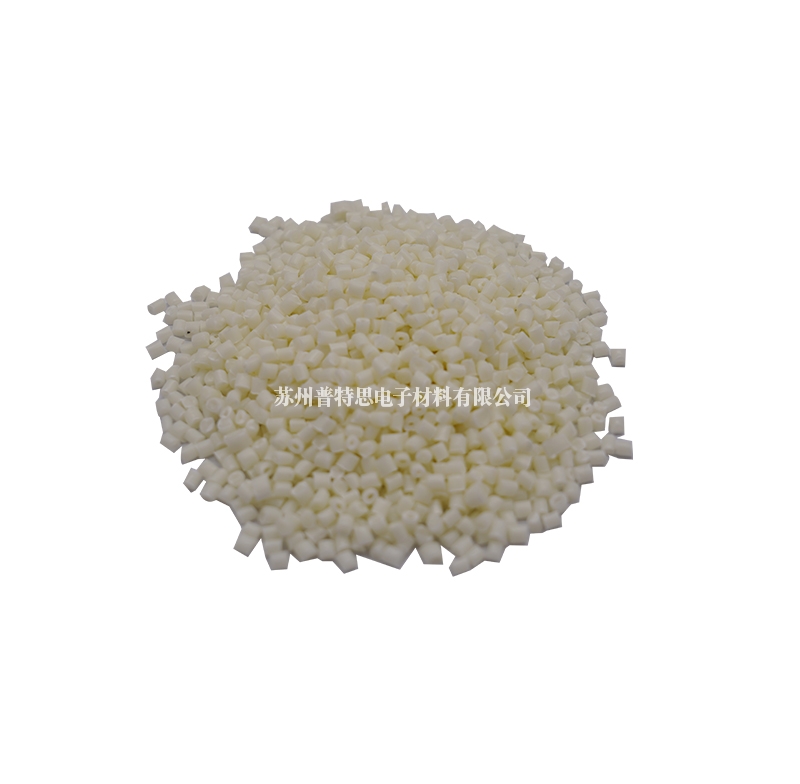The industrial preparation methods of PPS are mainly sodium sulfide method and sulfur solution method, but foreign countries have monopolized the research and development technology of high-performance PPS for a long time, and the high price limits the application and development of PPS. With the development of domestic technology and the emphasis on environmental protection and sustainable development, the cost of PPS raw materials has been reduced, and its composites can be widely used in automotive and medical fields, such as filter bags, plug boards, coil racks, chip carriers, etc. This paper briefly introduces the improvement methods and mechanisms of PPS composites in terms of oxidation resistance, toughness and reinforcement, and mainly summarizes the applications of PPS composites in industrial filtration, civil transportation tools Research progress in application of biomedicine and protective fabrics at home and abroad.
2.1 Industrial filtration
Because PPS has the characteristics of high temperature resistance and acid alkali corrosion resistance, PPS high temperature filter bags can be widely used in industrial tail gas processors and industrial particle separators. The PPS fiber is woven into non-woven fabric and placed in the filter unit, usually at the downstream of the desulfurizer and electrostatic precipitator. The main components of industrial tail gas are nitrogen oxides (NOx) and ash. In the filter unit, nitrogen oxides need to be converted. The common method is to coat the catalyst on the surface of the filter bag according to physical adsorption. Qiu Yunshun and others immersed the acidified PPS filter material into the suspension of mn-ce-ni-o x catalyst powder, weighed polytetrafluoroethylene (PTFE) lotion, polyvinyl alcohol, hydroxyethyl cellulose, etc. for foaming, coated the PTFE foam on the surface of mn-ce-ni-o X / PPS filter material, and dried it to complete the preparation of composite filter material.

Simulated flue gas (including NH3, NO, etc.) is passed through PPS composite filter media at 100~200 ℃. It is found that the dust removal and denitrification capacity of Mn Ce Ni O x/PPS filter media is greatly improved at 180 ℃. Xue Tingting et al. coated PTFE on the PPS filter bag to filter PM2.5 particles effectively. At the same time, by controlling the fineness and cross section shape of the fiber in the filter bag, it is found that when 100% superfine fiber is mixed in the surface layer of the filter bag, the mesh degree between the fibers can be greatly improved, so 49% of PM2.5 particles can be filtered out; The use of 50% trilobal filter layer with cross section can greatly improve the uniformity between filter layers and improve the filtration efficiency.
Although the method of coating catalyst on the surface of the filter bag is simple and feasible, it is easy to cause the catalyst to fall off only by physical adsorption. Zheng et al. prepared PPS catalytic filter material by in-situ synthesis. First, pyrrole (PPy) was used as the dispersant of manganese dioxide (MnO 2) catalyst. PPy had π - π conjugation, which would form an adsorption layer on the outer layer of PPS fiber. The PPS filter felt was immersed in potassium permanganate (KmnO4) and H 2SO 4 solution, which reacted to generate MnO 2. The PPy adsorbed on the outer layer of the fiber mainly played the role of adhesive, MnO 2/PPy/PPS filter felt with high viscosity was prepared by in-situ synthesis, and more than 70% of NO can be converted at 160~180 ℃. Dip PPS filter material into a solution containing sodium dodecyl sulfate (SDS) and nitric acid at the same time, and then add a certain amount of Km nO 4. Due to electrostatic adsorption, nano MnO 2 will be generated on the surface of PPS filter material, and nf MnO 2/PPS composite filter material can be prepared. This material can achieve 36%~100% NO conversion at 80~180 ℃.
